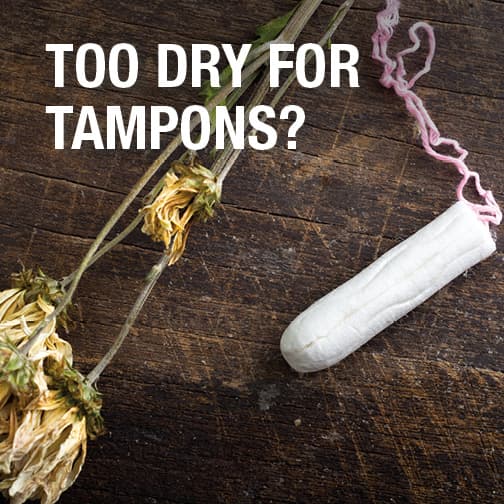Recent Posts
-
 Speaking of HealthToo Embarrassed to Ask: Is urinary incontinence in women treatable?August 21, 2025
Speaking of HealthToo Embarrassed to Ask: Is urinary incontinence in women treatable?August 21, 2025 -

-

8 FAQ about mammography screening for women of average risk

Are you of average risk for breast cancer and what does that mean? Should you have a mammogram, and if so, how often?
Read 8 FAQ about breast screenings and recommendations:
1. Does mammography really save lives?
Yes, mammography saves lives. Mayo Clinic supports mammogram screening because systematic reviews of randomized trials have found a significant 15% to 20% reduction in breast cancer mortality with mammographic screening for women 40–69.
Mammograms are not perfect, and there are potential downsides, including:
- A false positive result
This is when the mammogram shows an unusual result, but after additional testing, it turns out to not be cancer. - Overdiagnosis
This occurs when a mammogram discovers cancer, but it would have never caused harm. It is important to note that while some cancers are not harmful due to tumor biology, there is no way to know whether a cancer will progress, so all cancers detected are treated. Overdiagnosis leads to some patients receiving treatment for a cancer that, if undiscovered, would not have caused harm.
Some studies show that fewer lives are saved by screening among women in the 40–49 age group, the risk-to-benefit analysis is controversial, and the screening recommendations for this age group vary among medical societies.
2. At what age should screening mammograms begin?
All major professional groups making recommendations about breast cancer screening endorse routine screening with mammography for women starting at 50 and older. There is debate about routine screening for women 40–49, with some groups encouraging shared decision-making with patients because of trade-offs of benefits and harm.
At Mayo Clinic, health care providers offer screening mammography, beginning at 40 for women at average risk of breast cancer. Average risk of breast cancer means women with no family history of breast cancer and no other risk factors for breast cancer. Women with a family history of breast cancer or other risk factors for breast cancer require an individualized approach to screening.
3. What age can screening mammograms stop?
The recommendations vary among professional organizations. Some recommend discontinuing at 74, while others recommend assessing life expectancy. If life expectancy is less than five to 10 years, screening can be discontinued.
4. How often should mammograms be performed?
The recommended frequency of mammography is variable among professional organizations. In general, government-sponsored groups, such as the U.S. Preventive Services Task Force, recommend screening every two to three years, while medical societies recommend screening every one to two years.
This variation is related to balancing the benefits and harm of mammography. The longer intervals are associated with less harm from false alarms and overdiagnosis, and they also lead to slightly fewer lives saved.
5. How does dense breast tissue affect a mammogram?
Women with dense breast tissue but no other risk factors for breast cancer are considered to have a higher risk of breast cancer than average. The presence of dense breast tissue on mammography decreases the sensitivity of mammography since cancer and dense breast tissue both appear while on a mammogram. Additional screening tests, such as breast MRI, molecular breast imaging and 3D mammogram, are available that can improve the detection of cancer in women with increased breast density.
6. Can I skip my mammogram if I don't have a family history of breast cancer?
Most women who develop breast cancer have no family history of breast cancer. The biggest risk factors are being female and increasing age. Because we have no control over the two biggest risk factors, it's important to have your mammogram. It is even more important for women who are at higher risk because of a known family history or other factors to get yearly mammograms.
7. Why do mammograms squeeze my breasts?
During a mammogram, your breast is compressed to decrease the breast thickness and prevent motion to make abnormalities more apparent. Fortunately, the compression only lasts for a few seconds. It may help to schedule your mammogram at a time of the month when your breasts are less tender.
8. What is a 3D mammogram?
Digital breast tomosynthesis, also known as 3D mammography, is the latest evolution of digital mammography, producing 3D images that allow breast tissue to be viewed in individual segments. This allows health care providers to evaluate glandular tissue in greater detail, which decreases your chance of getting a call to come back for another screening to confirm findings. This technology is commonly used across Mayo Clinic as a screening tool for breast cancer.
I recommend that you discuss your personal risk for breast cancer, and the benefits, risks and limitations of screening mammogram, with your health care provider. While not all professional organizations agree on specific breast cancer screening guidelines, most emphasize working with your health care provider to determine what's right for your situation.
Fadi Yahya, M.D., is an OB-GYN in Albert Lea and Austin, Minnesota.



